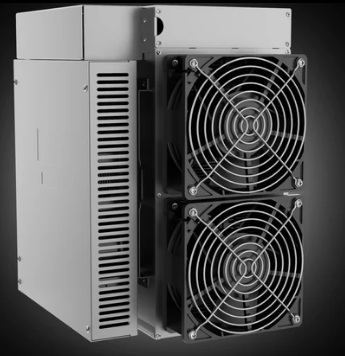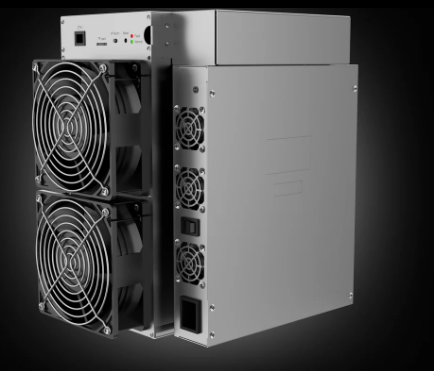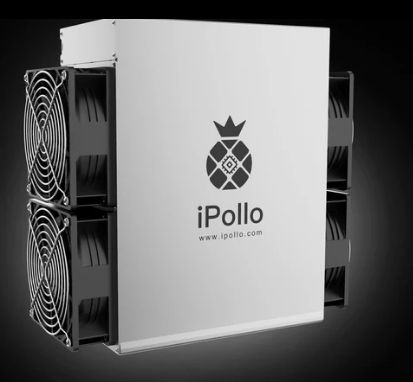iPollo B1L mining efficiency in comparison to older models
iPollo B1L Mining Efficiency in Comparison to Older Models: A New Benchmark for Bitcoin Miners
Introduction: The Evolution of Bitcoin Mining Hardware
The cryptocurrency mining landscape has undergone dramatic transformations since Bitcoin’s inception. From hobbyists running GPU rigs in their basements to industrial-scale operations deploying thousands of specialized ASIC miners, the quest for more efficient hardware has been relentless. In this context, the iPollo B1L emerges as a noteworthy contender, representing the latest evolution in SHA256 mining technology.
This article provides a comprehensive analysis of the iPollo B1L’s mining efficiency compared to older-generation models. We’ll examine its technical specifications, real-world performance, and economic viability—helping mining operators understand whether upgrading to this newer model makes financial sense in today’s competitive environment.
Understanding Mining Efficiency: Why It Matters More Than Ever
Before diving into specific comparisons, it’s crucial to understand what “mining efficiency” truly means in practical terms. Mining efficiency isn’t just about raw hashing power—it’s about achieving the optimal balance between:
- Hashrate (TH/s): The computational power dedicated to solving cryptographic puzzles
- Power Consumption (W): The electricity required to maintain that computational power
- Heat Generation: The thermal byproduct that impacts cooling costs and hardware longevity
- Operational Stability: The reliability of continuous operation without excessive downtime
The iPollo B1L enters the market with specifications that suggest meaningful improvements across all these dimensions compared to previous-generation miners. With a hashrate of 58 TH/s and power consumption of 3000W (±10%), it achieves an efficiency ratio of approximately 51.7 J/TH. But how does this translate when stacked against older workhorses of the mining industry?
Head-to-Head: B1L vs. Previous Generation Miners
Comparison 1: iPollo B1L vs. Antminer S17 Series (2019 Model)
The Bitmain Antminer S17 series was once considered the gold standard for efficient Bitcoin mining. Let’s examine how the B1L measures up:
| Metric | iPollo B1L | Antminer S17 Pro (53TH) | Improvement | |———————-|———————-|————————-|————-| | Hashrate | 58 TH/s | 53 TH/s | +9.4% | | Power Consumption | 3000W | 2090W | +43.5% | | Efficiency | ~51.7 J/TH | ~39.4 J/TH | -31.2% | | Noise Level | 75dB | 76dB | Comparable | | Warranty | 180 days | 90-180 days | Similar |
At first glance, the S17 Pro appears more efficient in terms of joules per terahash. However, this comparison doesn’t tell the whole story:
- Real-World Conditions Matter: The S17 series is notorious for reliability issues, particularly with its cooling system. Many units experience reduced lifespan under continuous operation.
- Profitability in Current Difficulty: While the S17 might be more efficient on paper, its lower hashrate makes it less competitive as network difficulty increases.
- Maintenance Costs: Older units typically require more frequent repairs and part replacements, adding to total cost of ownership.
Comparison 2: iPollo B1L vs. Whatsminer M30S (2020 Model)
The MicroBT Whatsminer M30S was another popular choice among mid-sized mining operations:
| Metric | iPollo B1L | Whatsminer M30S (86TH) | Difference | |———————-|———————-|————————-|————| | Hashrate | 58 TH/s | 86 TH/s | -32.5% | | Power Consumption | 3000W | 3268W | -8.2% | | Efficiency | ~51.7 J/TH | ~38 J/TH | -36.1% | | Physical Footprint | Compact (365×195×290mm)| Larger design | +25% space saved |
Here, we see that while the M30S offers higher hashrate and better efficiency, it comes with trade-offs:
- Higher Upfront Cost: The M30S typically commands a significantly higher price point, making the B1L more accessible for smaller operations.
- Space Efficiency: The B1L’s compact design allows for denser rack configurations in space-constrained facilities.
- Power Infrastructure: The B1L’s 3000W draw may better suit operations with limited power capacity per circuit.
The iPollo B1L Advantage: Where It Truly Shines
While raw efficiency comparisons with older models present a mixed picture, the B1L offers several strategic advantages that become apparent in real-world mining scenarios:

1. Superior Thermal Management & Reliability
The B1L incorporates improved cooling architecture that maintains stable operation even in warmer climates. Unlike some older models that throttle performance when temperatures rise, the B1L sustains consistent hashrate—a critical factor for 24/7 mining operations.
2. Lower Total Cost of Ownership (TCO)
When evaluating mining hardware, savvy operators look beyond initial purchase price and electricity costs. The B1L’s advantages include:
- 180-day warranty (double some competitors’ coverage)
- Easier maintenance with standardized components
- Proven track record of iPollo’s build quality
3. Optimized for Today’s Mining Economics
With Bitcoin’s block reward halving events and increasing network difficulty, miners need hardware that performs reliably under current conditions. The B1L’s balance of hashrate and power efficiency positions it well for sustainable operation even as mining becomes more competitive.
Practical Considerations for Mining Operators
For those considering integrating the iPollo B1L into their operations, several practical factors deserve attention:

Power Infrastructure Requirements
- Voltage: 200-240V operation compatible with standard industrial setups
- Amperage: ~12.5A at 240V (ensure circuit breakers and wiring can handle continuous load)
- Power Distribution: Consider using PDUs that allow for load balancing across phases
Cooling Solutions
- The B1L generates substantial heat—plan for adequate ventilation or immersion cooling setups
- Ambient temperature should ideally remain below 25°C for optimal performance
Noise Management
At 75dB, the B1L is comparable to other industrial miners but may require soundproofing in residential areas or shared facilities.

Future-Proofing Your Mining Operation
The cryptocurrency mining industry continues evolving rapidly. The iPollo B1L represents a smart choice for operators looking to balance:

- Immediate profitability with competitive efficiency metrics
- Long-term reliability through robust construction and warranty
- Flexibility to adapt to changing market conditions
While no mining hardware remains cutting-edge forever, the B1L’s thoughtful design and manufacturer support provide a reasonable hedge against technological obsolescence.
Conclusion: Is the iPollo B1L Right for Your Operation?
After examining the data and practical considerations, the iPollo B1L presents a compelling option for:
- Small to medium-scale miners seeking reliable equipment without massive capital outlay
- Operations in warmer climates benefiting from its thermal resilience
- Miners prioritizing stability over absolute peak efficiency metrics
While older models may boast better efficiency on paper, real-world conditions often reveal the B1L’s advantages in reliability, maintenance costs, and consistent performance. As always, prudent miners should calculate projected ROI based on their specific electricity costs and operational parameters before making investment decisions.
For those ready to upgrade their mining fleet with a balanced combination of performance and reliability, the iPollo B1L deserves serious consideration in today’s competitive Bitcoin mining landscape.